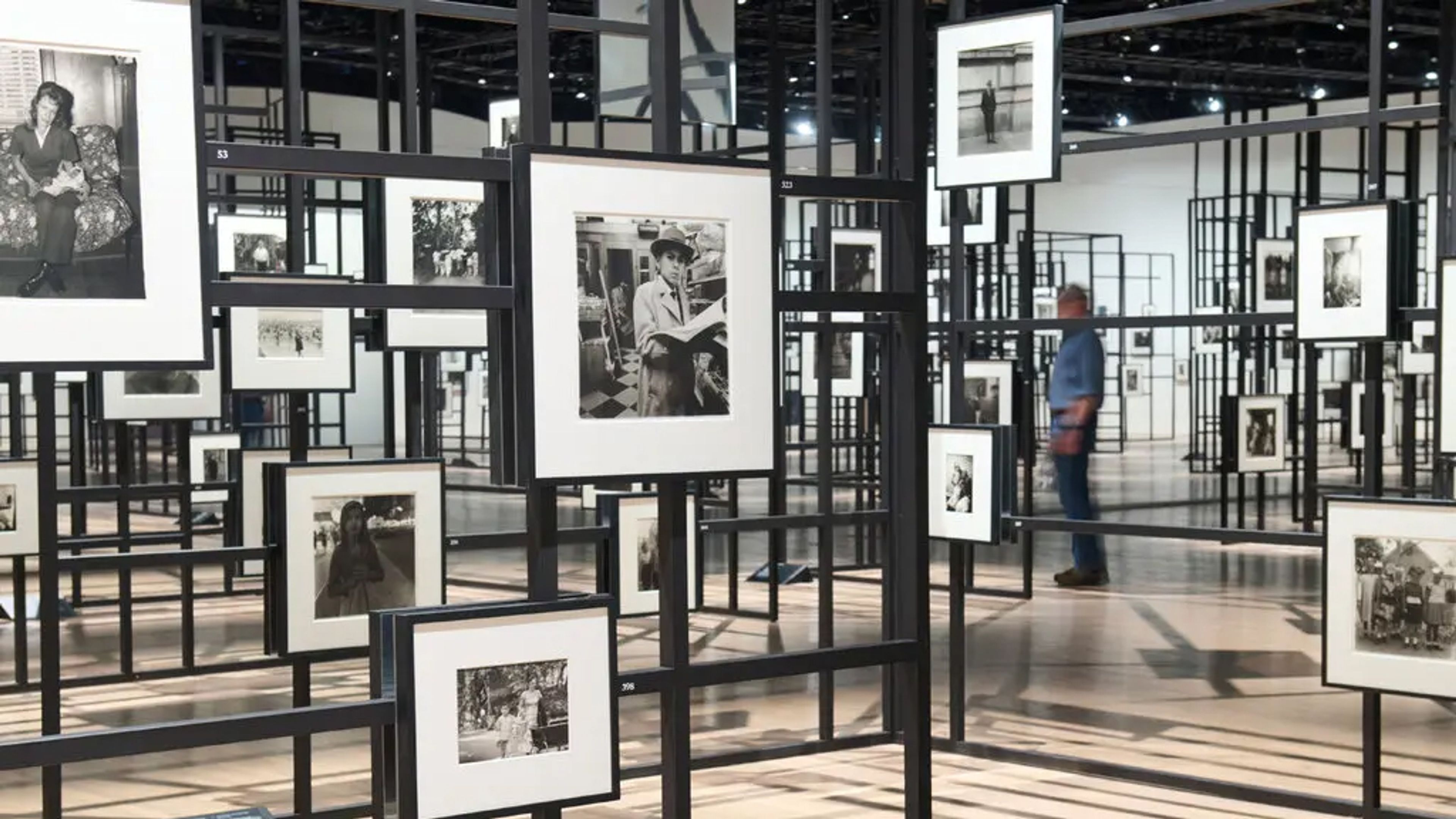Diane Arbus, Everything, Everywhere All at Once by Will Heinrich
2025
Born to the wealthy Nemerov family in New York in 1923, the photographer Diane Arbus married young and got her start helping her husband, Allan, shoot ads for her family’s department store. After ending the collaboration — and her marriage — she turned to a unique kind of candid portraiture, shooting insightful, evasive, disquieting photographs, both of people she met on the street and of more unusual people, like circus performers, whom she sought out.
Her work got her magazine commissions and artistic acclaim, including a central role in the 1967 Museum of Modern Art show “New Documents.” But she made relatively few exhibition-quality prints, sold only four copies of her now iconic portfolio “A Box of Ten Photographs” — which includes “Identical Twins, Roselle, N.J.” and a Jewish giant at home in the Bronx — and in 1971, at the age of 48, she took her own life.
Arthur Lubow, author of a biography of Arbus, wrote in 2003 that she was “fearless, tenacious, vulnerable,” and people opened up to her. But as she said herself in Artforum in 1971: “A photograph is a secret about a secret. The more it tells you the less you know.”
So it’s no surprise that “Diane Arbus: Constellation,” the largest show of Arbus’s startling and mesmerizing photographs ever mounted, was unnerving, or that my first reflex was to search for something familiar. Now at the Park Avenue Armory, the exhibition includes every black-and-white silver gelatin print that the photographer Neil Selkirk has made from Arbus’s negatives since her death in 1971.
